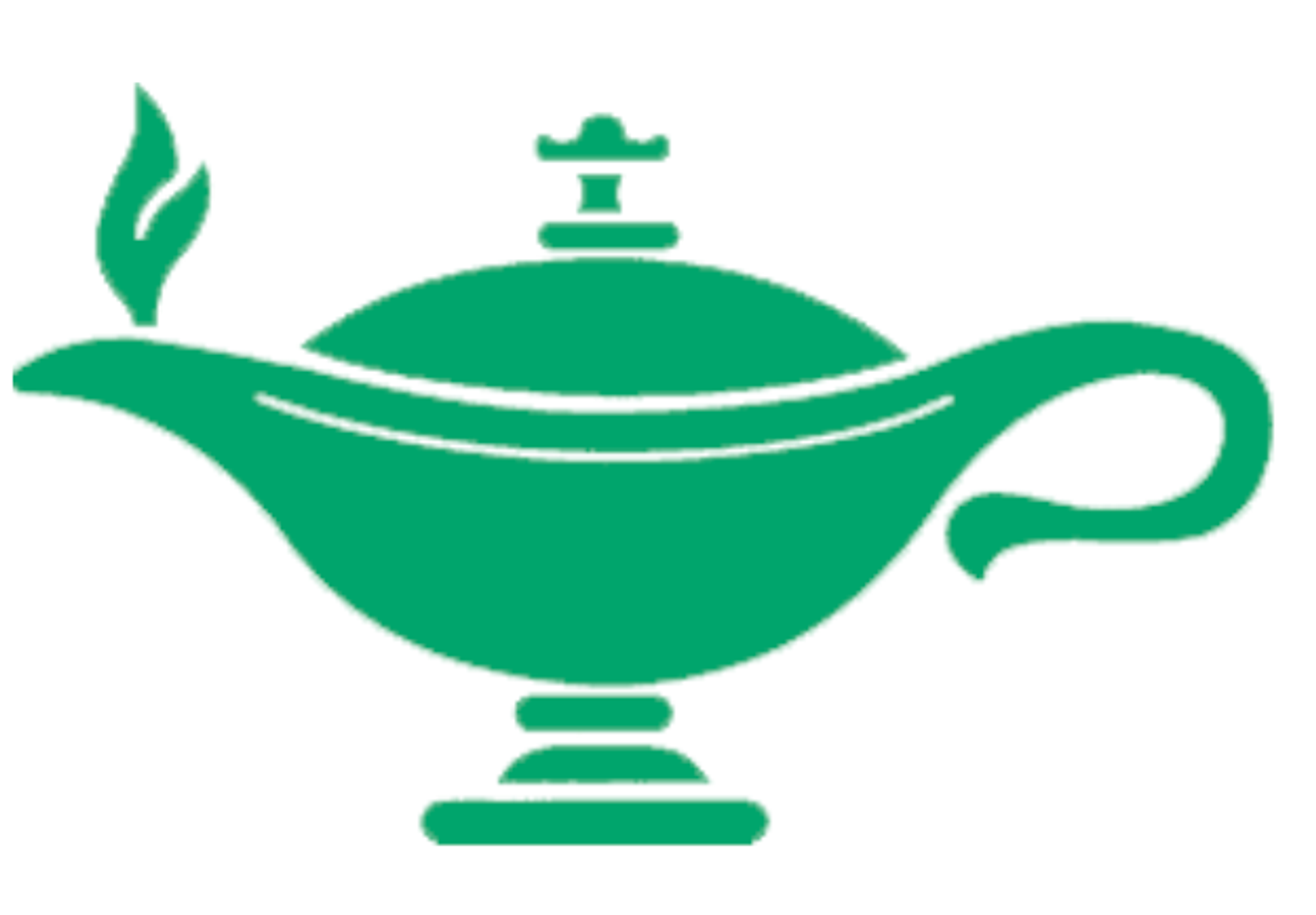Learning & Teaching
Leader: Lauren Bennett

Learning & Teaching
Leader: Lauren Bennett
What are text-based units?
Text based units are used at St Patrick’s for writing across the whole school. Each text-based unit focuses on a different text with different writing focuses. Text-based units are a great way to help students develop skills and knowledge at the top of the rope (see rope below). That is, to develop the language and literature components of literacy. Keeping things simple, applying the explicit teaching model across the whole unit as well as within individual lessons and providing loads of practice that sets students up for success means that teachers are able to help students understand texts and write with confidence.


When do we teach text based units?
Teachers choose which text they are going to use for their ‘Text-Based Unit’ for the following term and plan accordingly. Each unit has a different focus and takes a different amount of time to complete. Each unit gets worked on daily in the literacy block writing sessions. Depending on the size of the unit and book it may take longer or shorter amounts of time to complete throughout the term.
What components make up a text based unit?
Each text based unit looks different with different focus areas however all involve different areas of teaching writing. Depending on student year level the unit will have attention differing teaching areas.


What are our students currently learning in their text based units?
Foundation/1:
This Term in Foundation/1 one of the text based units being taught is the book ‘Joe and the Stars’. Joe and the Stars is a narrative text written by Phil Cummings and illustrated by Connah Brecon. The text tells the story of Joe who moves from his family farm in the country to the city. It is not stated why the family moves, however the setting of the family farm is dry and dusty so we might guess that the move is related to a drought. The juxtaposition presented in the text centres on the differences between the farm and the city. This is expressed through the intentional use of colour, the details of the illustrations and the use of imagery in the text. The other aspect of the text to be explored is the idea of loneliness and friendship. Joe feels very connected to his family farm and memories of his grandfather (who has passed away) through viewing the stars. When he moves to the city, he has no friends and the stars are not visible in the night sky, so Joe makes his own, making friends in the process. This week the F/1 students were working on the difference between living in the city and the farm.




Grade 1/2:
In Term 2 for the Grade 1/2 students their text based unit they're currently working on is connected to the text ‘Jetty Jumping’. ''Jetty Jumping' centres on the themes of friendship and overcoming fears. The central character, Milla, is afraid to jump off the end of the jetty with her friends. She sits on the jetty watching, until her bracelet falls into the water giving her the motivation to finally jump. The story finishes with Milla realising that it isn't so scary to jump off the jetty. To help expand their learning the Grade 1/2 ‘s have been working on ‘labeling’ a page from the book.




Grade 3/4:
Over in the Grade 3 and 4 classrooms the students are completing their text based unit on ‘The King of the Polar Bears’. The King of the Polar Bears is a short story written by L. Frank Baum, the author of The Wizard of Oz, in 1901. This story teaches us that true dignity and courage depend not upon outward appearance,but come rather from within; also that brag and bluster are poor weapons to carry into battle.The King of the Polar Bears describes the experiences of a Polar Bear who is skinned by fur traders, but does not die. His friends, the birds, replace his fur with feathers which causes some other Polar Bears to doubt his suitability to be King. Despite this, The King of the Polar Bears defends his crown and shows that appearance is not the defining factor in someone's character.The text contains complex sentence structure, challenging vocabulary and detailed descriptions. See Phoebe's knowledge building work as she identified 3 new polar bear facts in her text and Denzil’s polar bear keynote with all of the new vocabulary he has learnt during this unit.




Grade 5/6:
Up the top end of the school the Grade 5/6 students have been working super hard since the beginning of Term 1 on the text based unit on ‘The Lion, the Witch and the Wardrobe’.
The Lion, the Witch and the Wardrobe is a much-loved classic tale from C.S. Lewis this story takes readers on a magical journey through a wardrobe into the enchanting world of Narnia where four siblings must battle the evil witch and restore the rightful ruler to the throne. See Isla and her work on ‘complex sentences’ in the picture below.


Asking your child about their learning at school is a great way to show interest in their education and to support their academic growth. By asking about what they are learning and getting them to share it allows for their knowledge to strengthen. If you are looking for some questions to speak to your child about to talk more about school try a couple of these at the dinner table:

